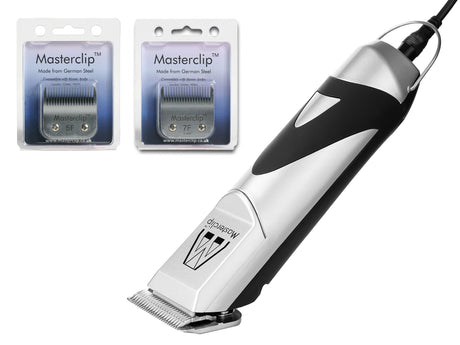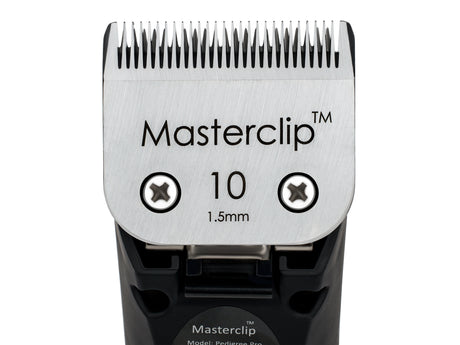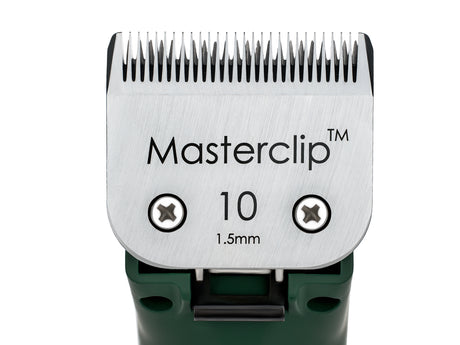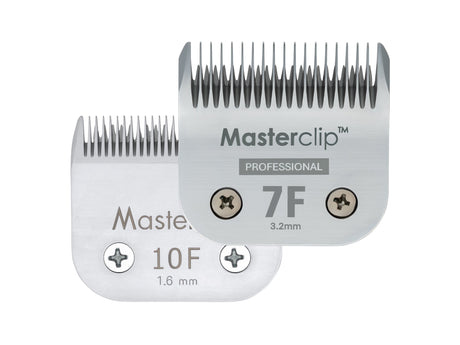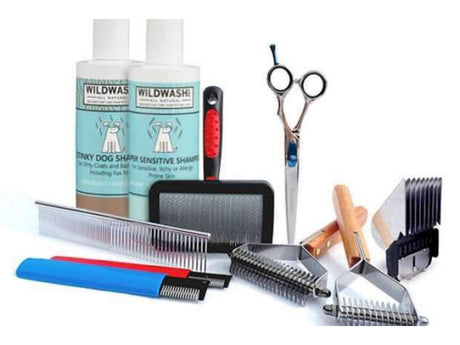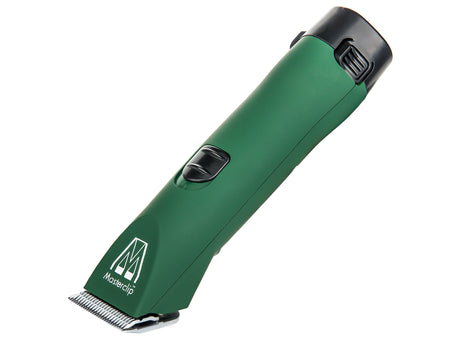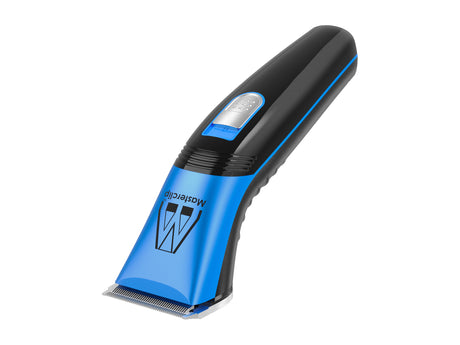Dalmatian Dog Clippers & Grooming Kits
How to Groom a Dalmatian at Home
Grooming a Dalmatian is straightforward once you know what works for their sleek, short coat. Dalmatians shed throughout the year and often a little more in spring and autumn. Regular brushing lifts loose hair, keeps the coat glossy, and helps cut down on those white hairs around the house. You will mainly use clippers for neatness and hygiene around the paws, ears, belly, and tail base, rather than for all-over clipping.
Masterclip clippers are quiet and easy to control, which helps nervous dogs settle and makes at-home sessions calmer for you and your Dalmatian.
How Often Should You Groom a Dalmatian?
We recommend:
- Brushing 3 to 4 times per week to control shedding
- Light clipper tidy every 6 to 8 weeks on paw pads, sanitary areas, and any small tufts
- Nail, ear, and teeth checks weekly
This routine keeps the coat clean and shiny while preventing overgrowth on paw pads and around sensitive areas.
Basic Grooming Steps for Dalmatians
- Begin with a thorough brush using a rubber curry or slicker to lift loose hair
- Comb through gently on the neck and chest where shedding can be heavier
- Use quiet dog clippers for paw pads, belly, and sanitary areas
- Trim any long hairs between the toes with grooming scissors for a tidy finish
- Wipe ears and check for debris and odor, then finish with a quick once-over brush for shine
Best Dog Clippers for Dalmatians
Dalmatians have a dense, short coat that sits close to the skin. You will not usually clip the whole body, but a quality clipper makes paw, ear, and sanitary tidies quick and smooth. Masterclip models are trusted by professional groomers and home users for their control, comfort, and reliability.
Top Recommended Clippers for Dalmatians
-
MD Roamer cordless clipper for dogs that prefer minimal noise and maximum freedom of movement
-
Pedigree Pro mains-powered clipper for long sessions or multi-dog households where consistent power is useful
Both glide easily and stay cool, which reduces snagging and helps sensitive areas stay comfortable.
Clipper Features For Dalmatians
- Quiet motor to reduce anxiety
- Compatible with A5 blades and comb attachments
- Lightweight design for easy handling
- Available in cordless or mains-powered options
Blade tips: A size 10 is a popular choice for paw pads and sanitary tidies. Use comb attachments if you prefer a little more length around the belly or chest.
Dalmatian Grooming Kits & Accessories
Beyond the clipper, a few smart tools make Dalmatian care faster and more effective.
Popular Accessories For Dalmatian Grooming
- Rubber curry brushes and slickers to lift shed hair and boost shine
- Metal combs for quick checks around ears, feet, and tail base
- Blade sets in multiple lengths so you can customise tidy-ups
Perfect For Dalmatians And Short-Coated Breeds
These kits also suit:
- Pointers and short-coated spaniels
- Boxers and Staffordshire Bull Terriers
- Any dog with a smooth, shedding coat
Dalmatian Grooming FAQs
Do Dalmatians shed a lot?
Yes. They shed year-round with seasonal peaks. Regular brushing and occasional tidy-ups keep hair under control.
Should I clip my Dalmatian’s whole body?
Usually no. Dalmatians look best with their natural smooth coat. Use clippers for hygiene areas, paw pads, and small neat trims.
How often should I bathe a Dalmatian?
Every 4 to 8 weeks or when dirty. Over-bathing can dry the skin. Use a mild dog shampoo and rinse thoroughly.
What blade size works for paw pads and sanitary areas?
A size 10 blade is a common choice for clean, safe tidies on pads and sanitary zones.
How do I reduce shedding on my Dalmatian?
Brush several times a week with a rubber curry or slicker, follow with a comb, and finish with a quick wipe using a damp cloth to collect loose hair.
Are Dalmatians hypoallergenic?
No. They shed and can trigger allergies. Regular grooming helps manage hair and dander.
Any skin care tips for Dalmatians?
Check the skin as you groom and avoid irritating products. If you notice redness, flaking, or persistent scratching, speak with your vet for guidance.



